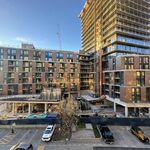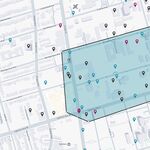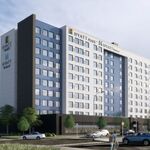kkgg7
Banned
A few pages back in this thread (at least I think it was this thread), there was talk about how much of a hypocrite Royson James is. That may partially be my fault, I sent him an email a few years back explaining to him how LRT is not streetcars, and how Transit City is more of a combination of the two rather than a true LRT.
Tiger Master, don't be so hard on ssiguy, you two actually have a lot in common. For example, both of you want to see whatever is built to be rapid transit, and not something which stops every few hundred metres.
I still fail to see the difference between LRT and streetcars, except LRT having ROW.
To me, at least TC is more similar to streetcars than to real rapid transit such as subway or Vancouver's skytrain (don't know how to call that).
Can someone care to explain?




